MAPPING FLORENCE'S SAINTS
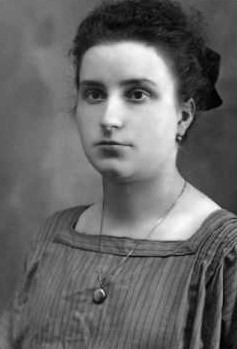
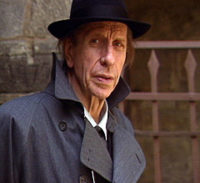
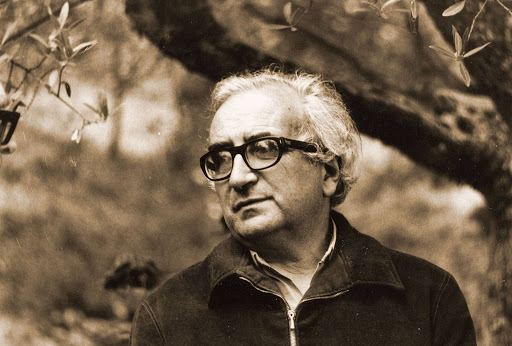
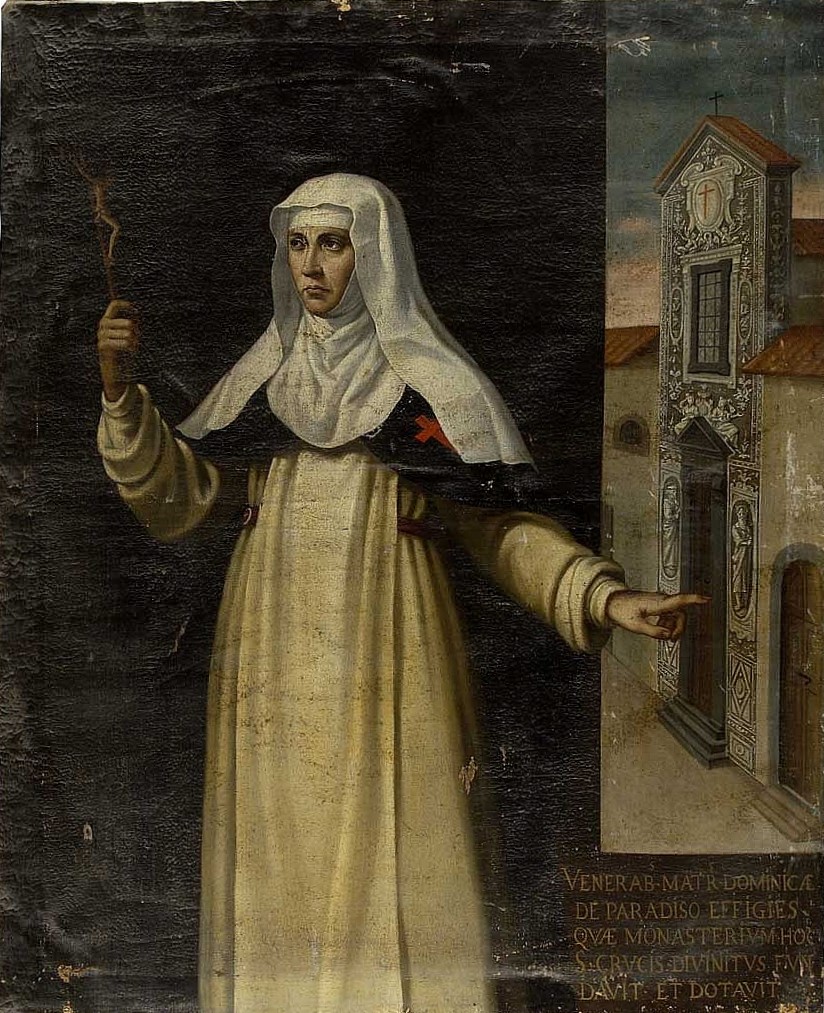
7
Santa Giuliana Falconieri 7 Maria
Valtorta 7 David Maria Turoldo 7
Giovanni Vannucci 7 Domenica del Paradiso

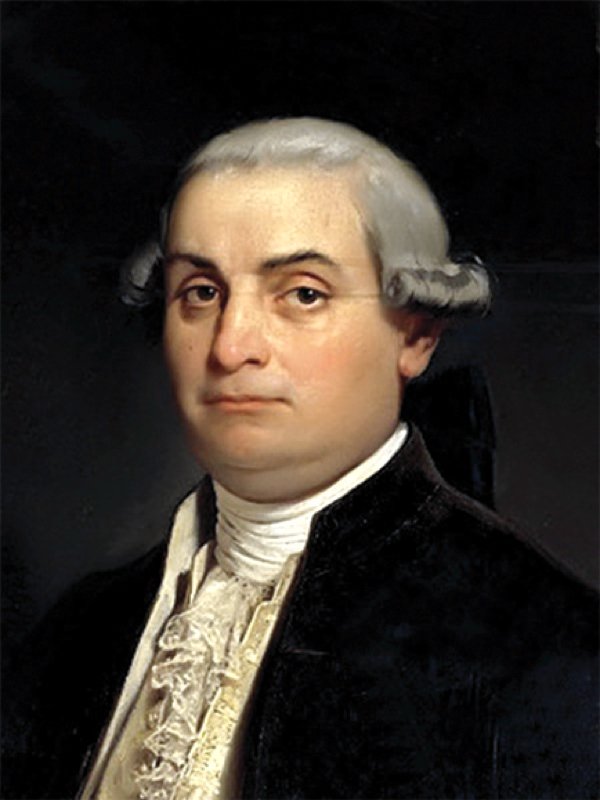
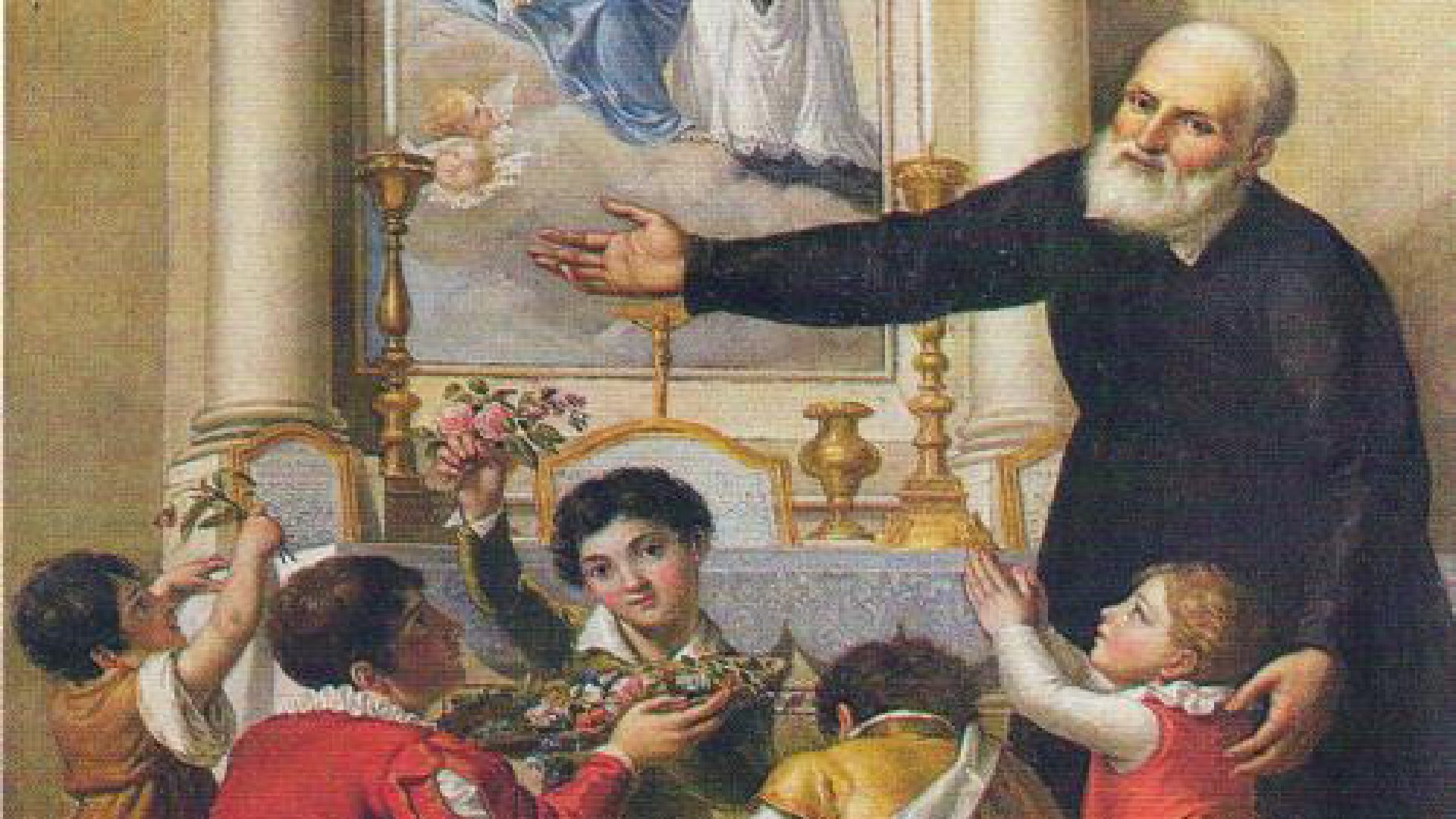
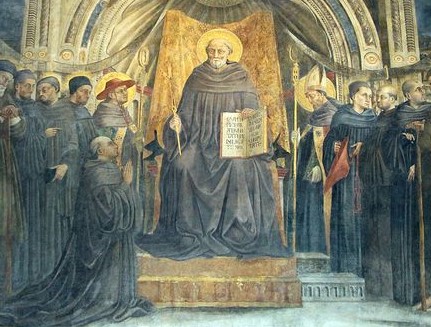
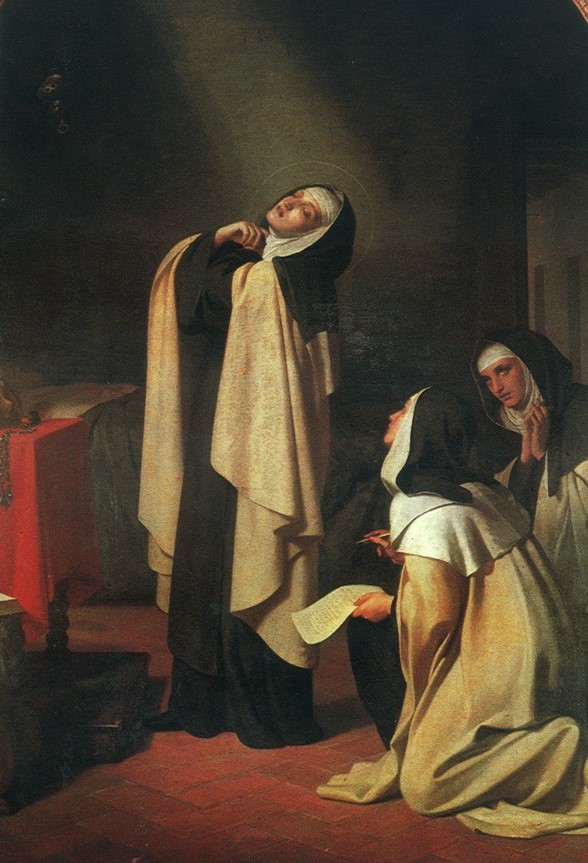
11 Borgo La Croce 11 Cesare Beccaria 13 San Filippo Neri 16 San Giovanni Gualberti 19 Santa MariaMaddalena de' Pazzi
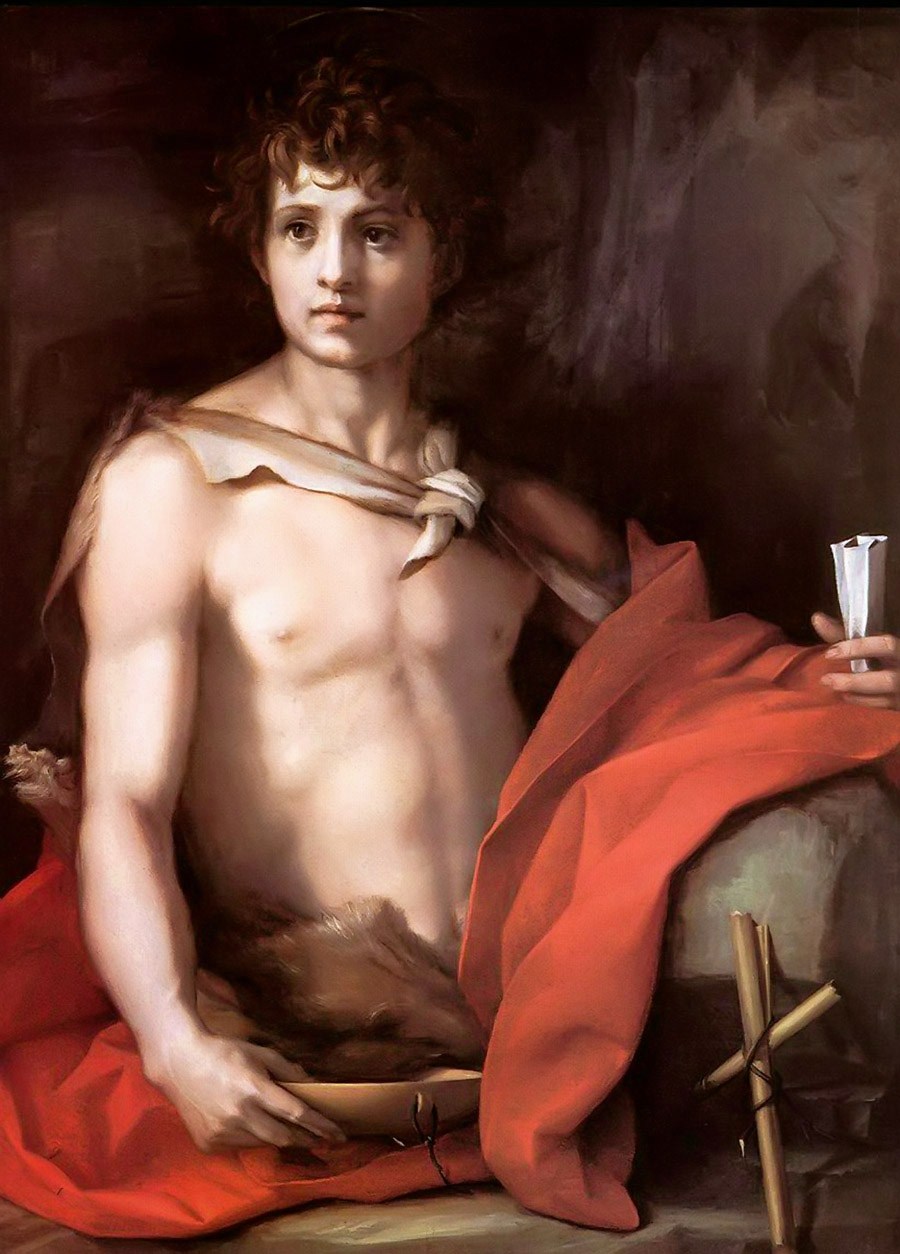
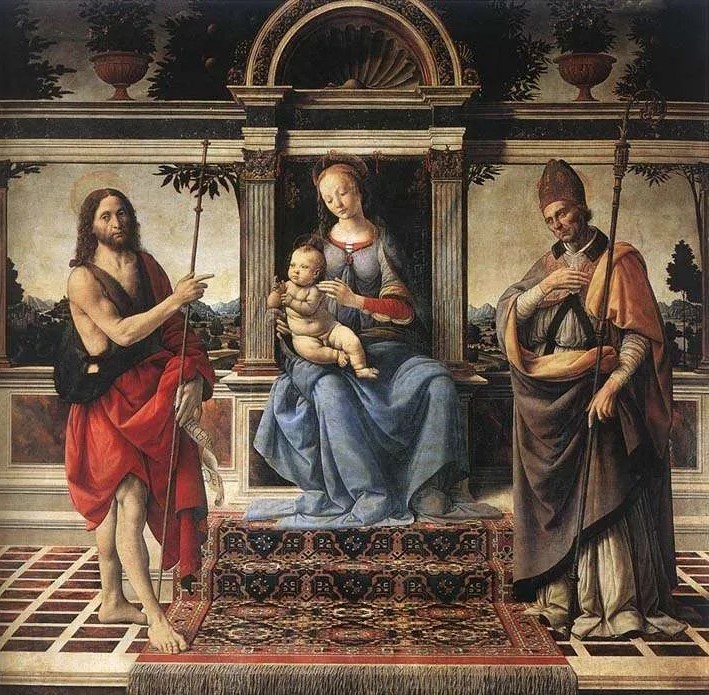
1 Andrea Del Sarto, San Giovanni Battista 1 & 21
Verrocchio, San Giovanni Battista, La Madonna, San
Donato di Fiesole

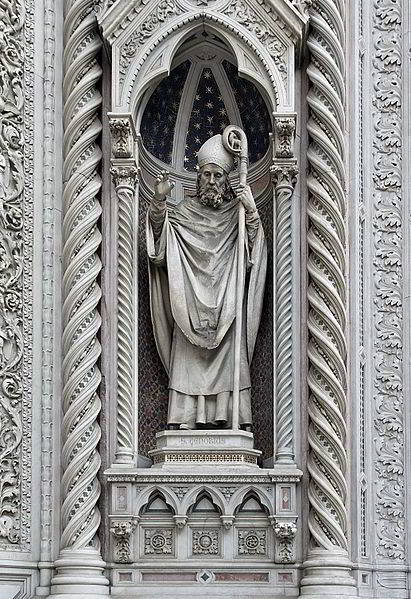
2 Santa
Reparata 2 & 3 San Zenobio
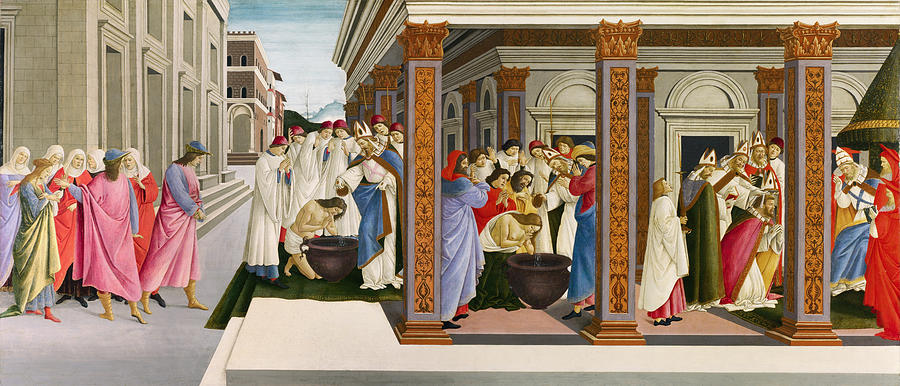
2 & 3
Botticelli,
Miracolo
di San Zenobio
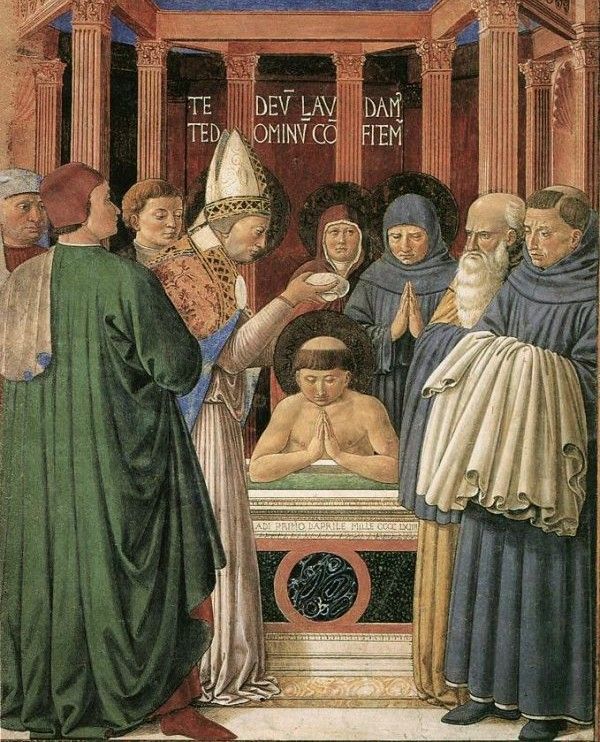
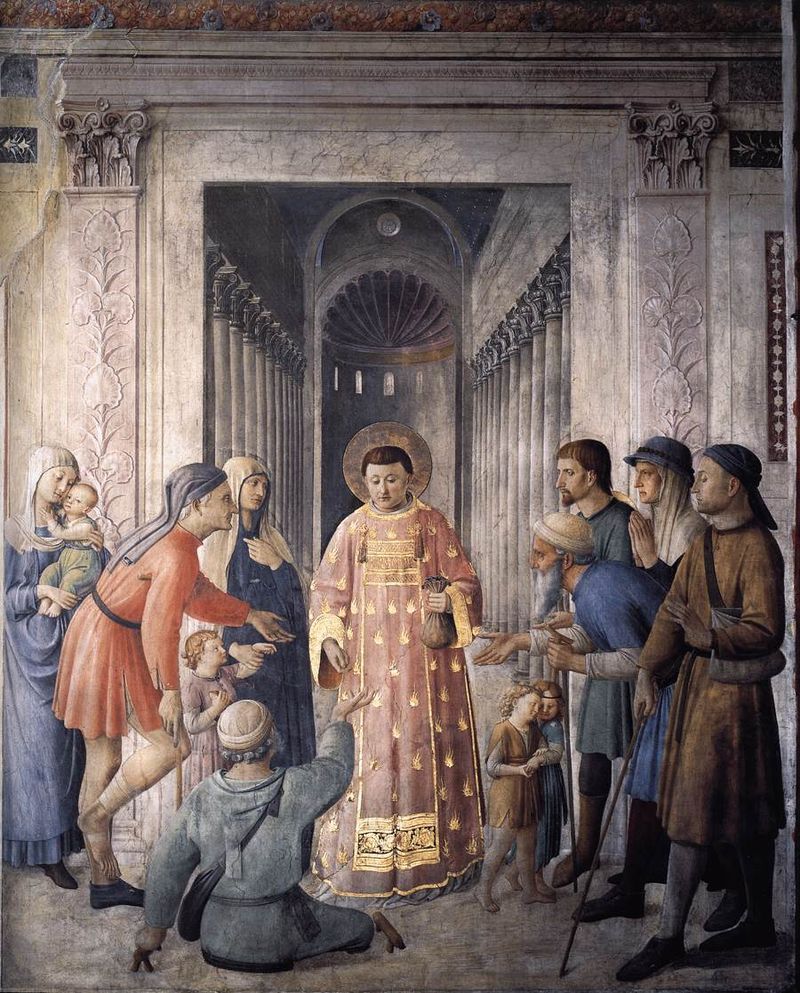
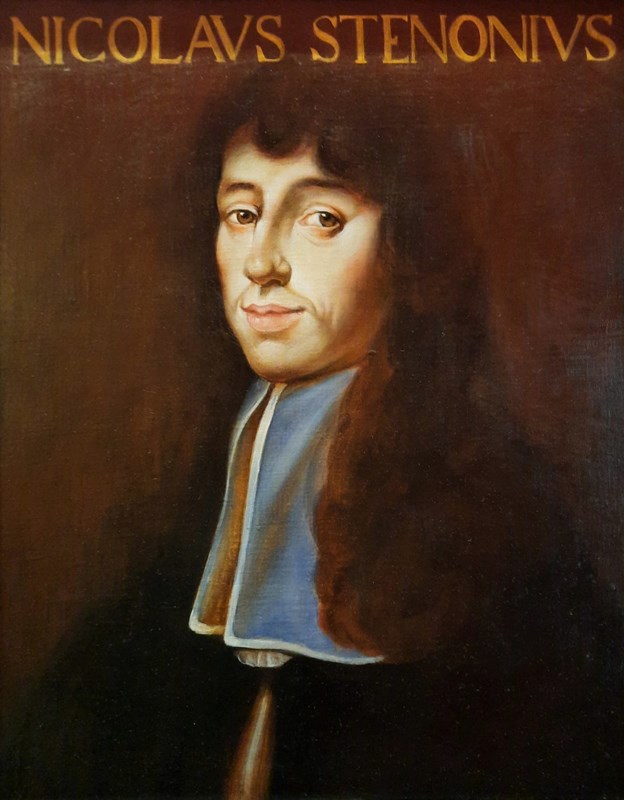
3 Sant’Ambrogio battezzando Sant’Agostino 3 San Lorenzo, Beato Angelico 3 Niccolò Stenone
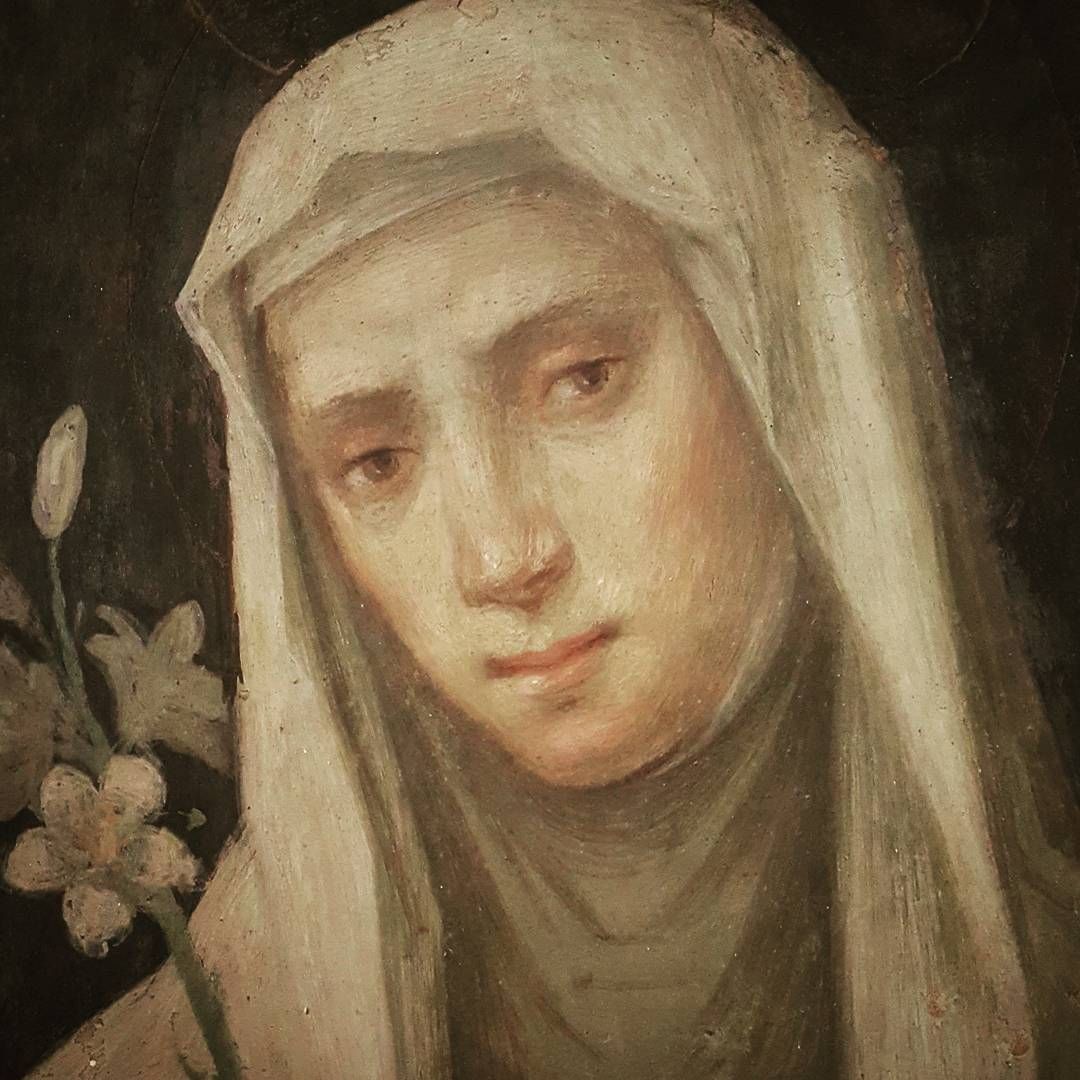
4 Santa Caterina da Siena 5 Santa Umilta
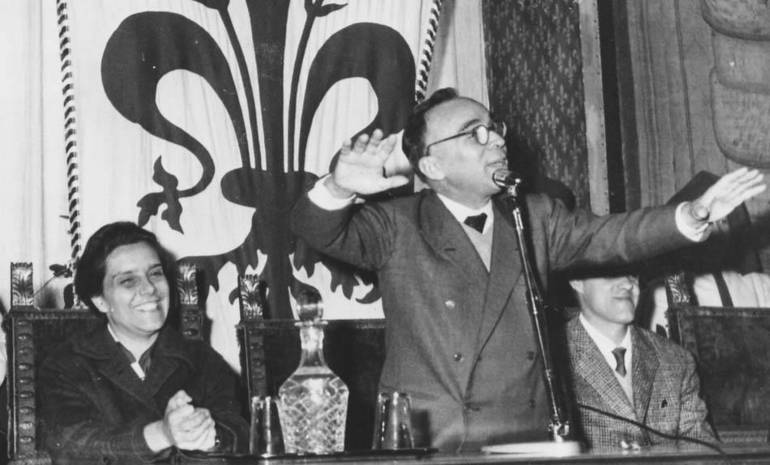
6 Fioretta
Mazzei and Giorgio La Pira
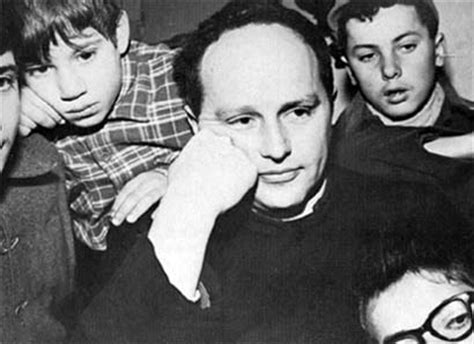
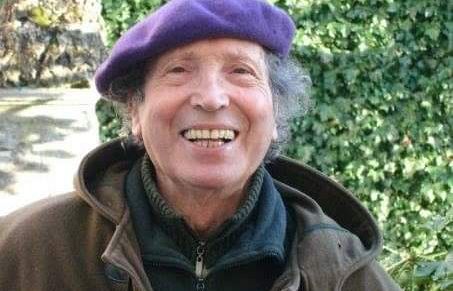
6 don Lorenzo Milani 6 Paolo Coccheri
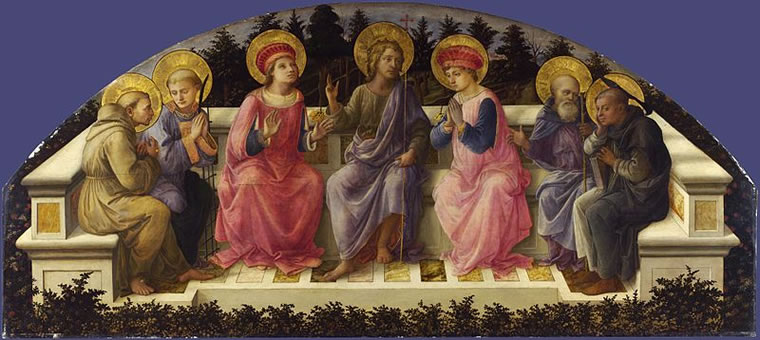
7 Lippo
Lippi, i Sette Santi,fondatori dei Servi
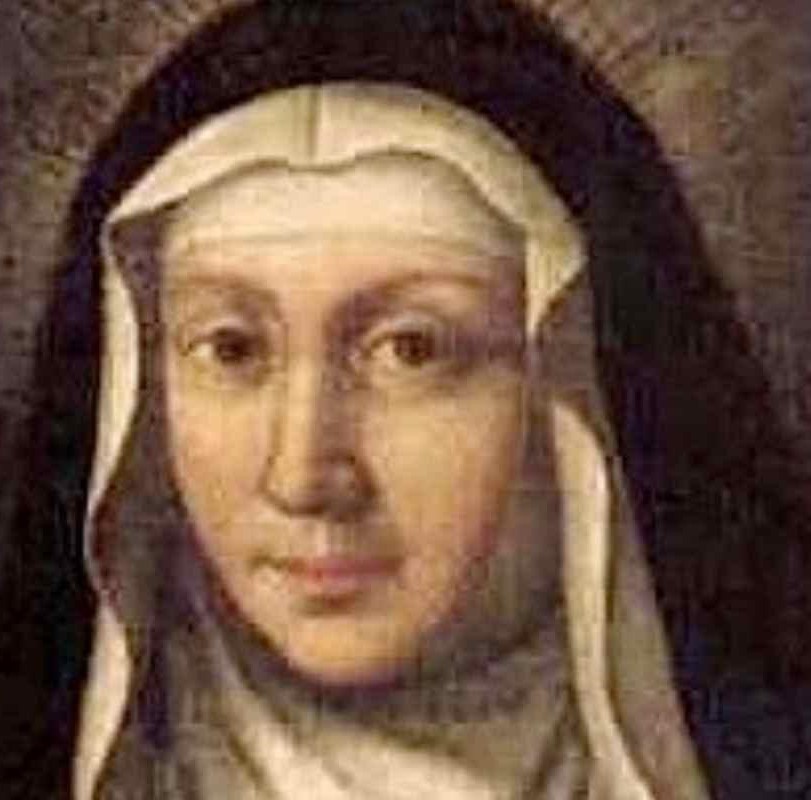

10 Maria Bagnese 10 Teresa del
Bambino Gesù
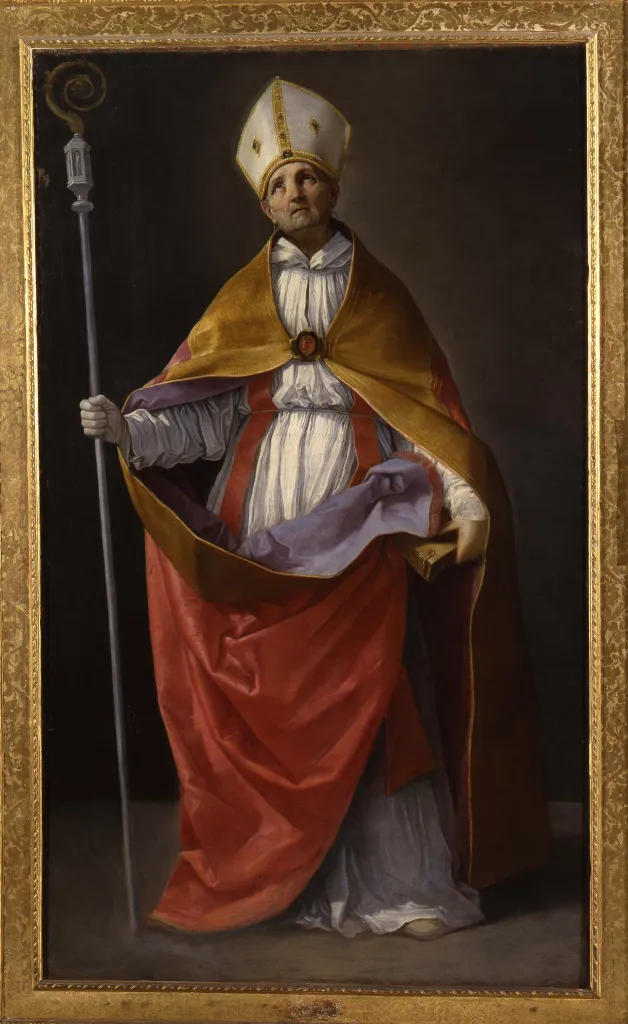

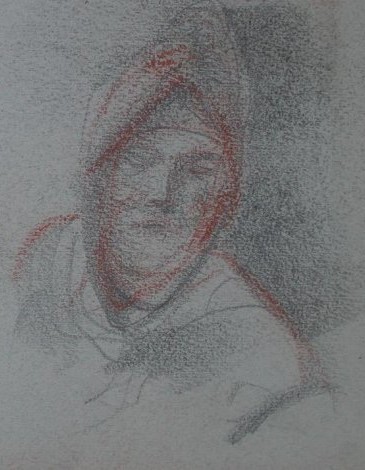
21 Sant’Andrea Corsini 24 Santa Brigida di Svezia
2 Michelangelo JBH
